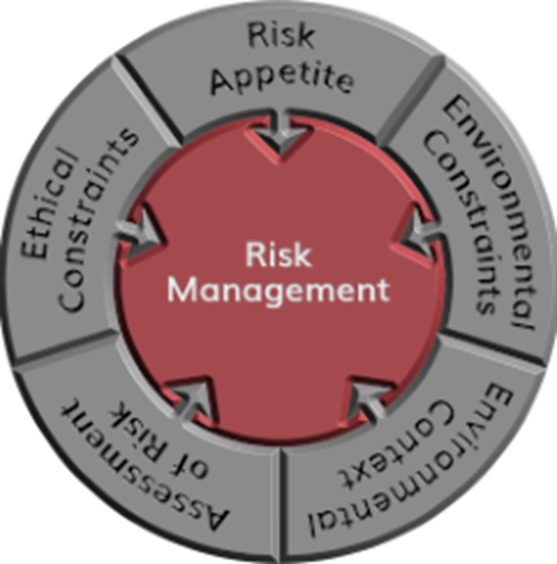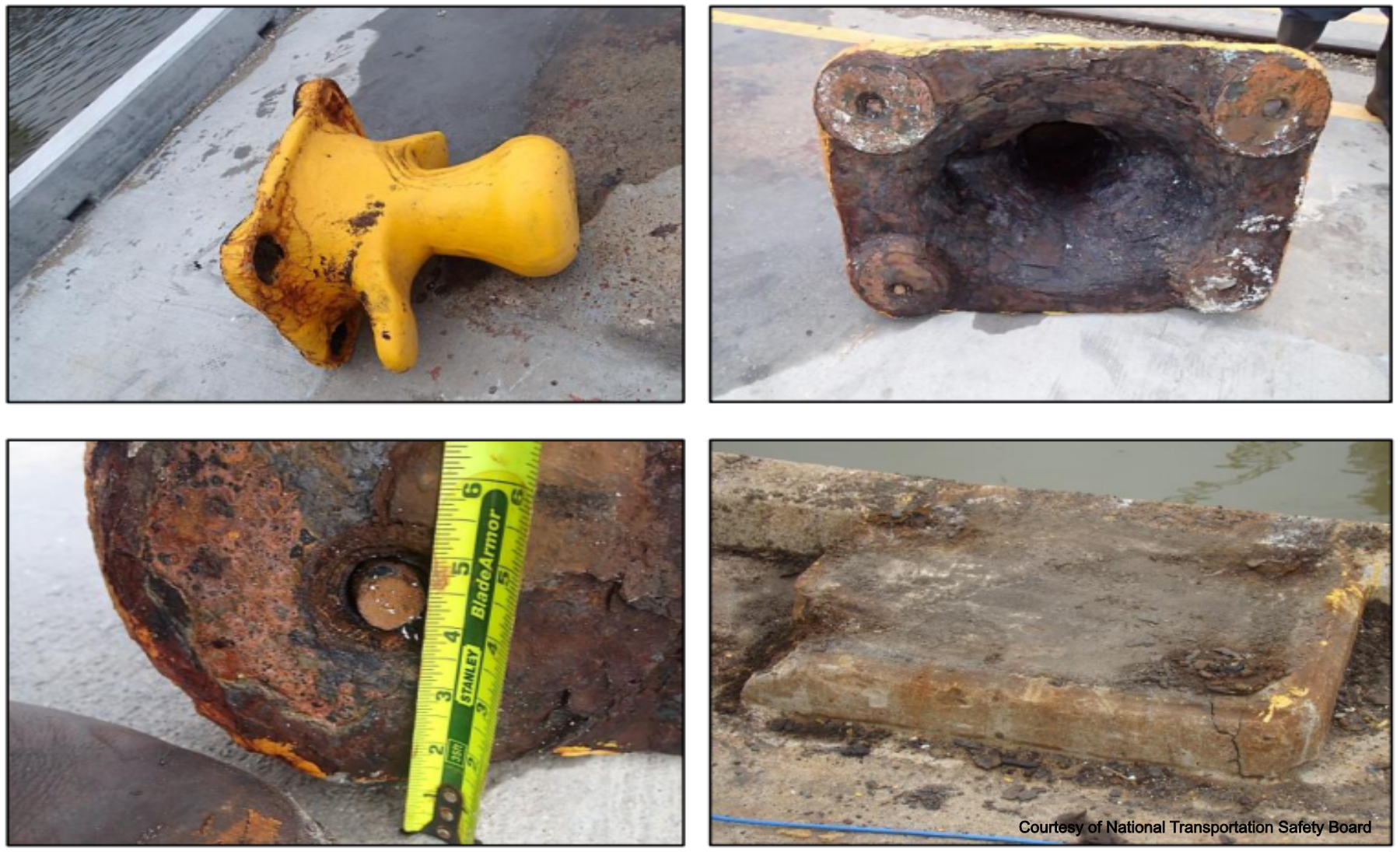Engineering Safety
Design Management
Designs should be reviewed at each stage of the design process. This process is comprised of four key stages that follow the product’s lifecycle from concept (feasibility) through to acceptance (validation). These stages may be combined or repeated according to the size and complexity of the design itself. The individual stages are:
- Feasibility
- Specification
- Full (or technical design)
- Validation


Risk Management
The management of risk is its effective identification, assessment and mitigation and begins with establishing the context of the risk: financial, reputational, safety and so forth. Assessing risk relies on deciding who or what is at least, evaluating or prioritising the mitigation or control measures available and then implementing them. Following this there should be a mechanism for monitoring and reviewing those measures to ensure that the risk remains controlled within the context established previously. With a financial risk, this might be to reduce the level of exposure to financial loss to a value set by the organization. With health and safety risks this would be to a level as low as reasonably practicable as defined in health and safety legislation.




